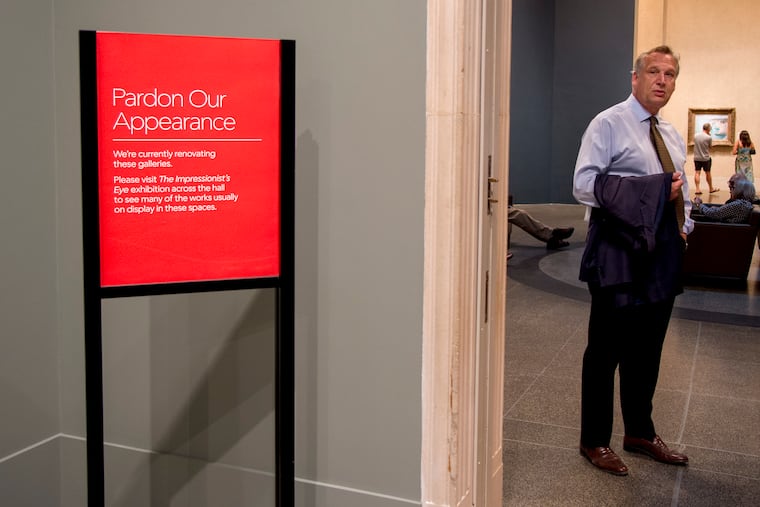Timothy Rub is stepping down at the Philadelphia Museum of Art
He navigated the museum through massive construction and recently faced a tumultuous 18 months that began with controversy following inappropriate and abusive behavior on the part of museum managers.
